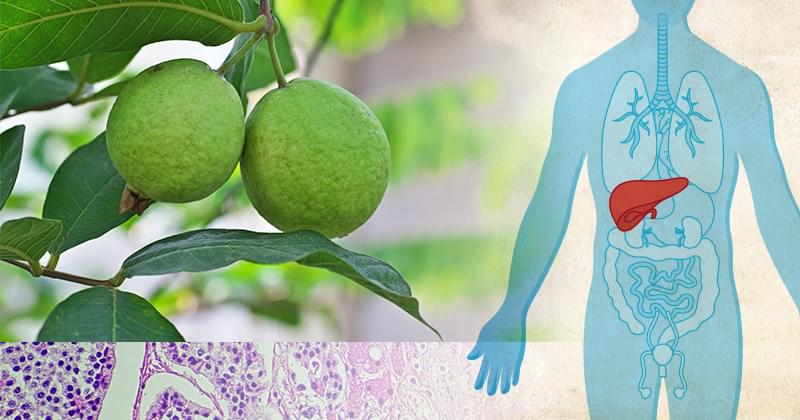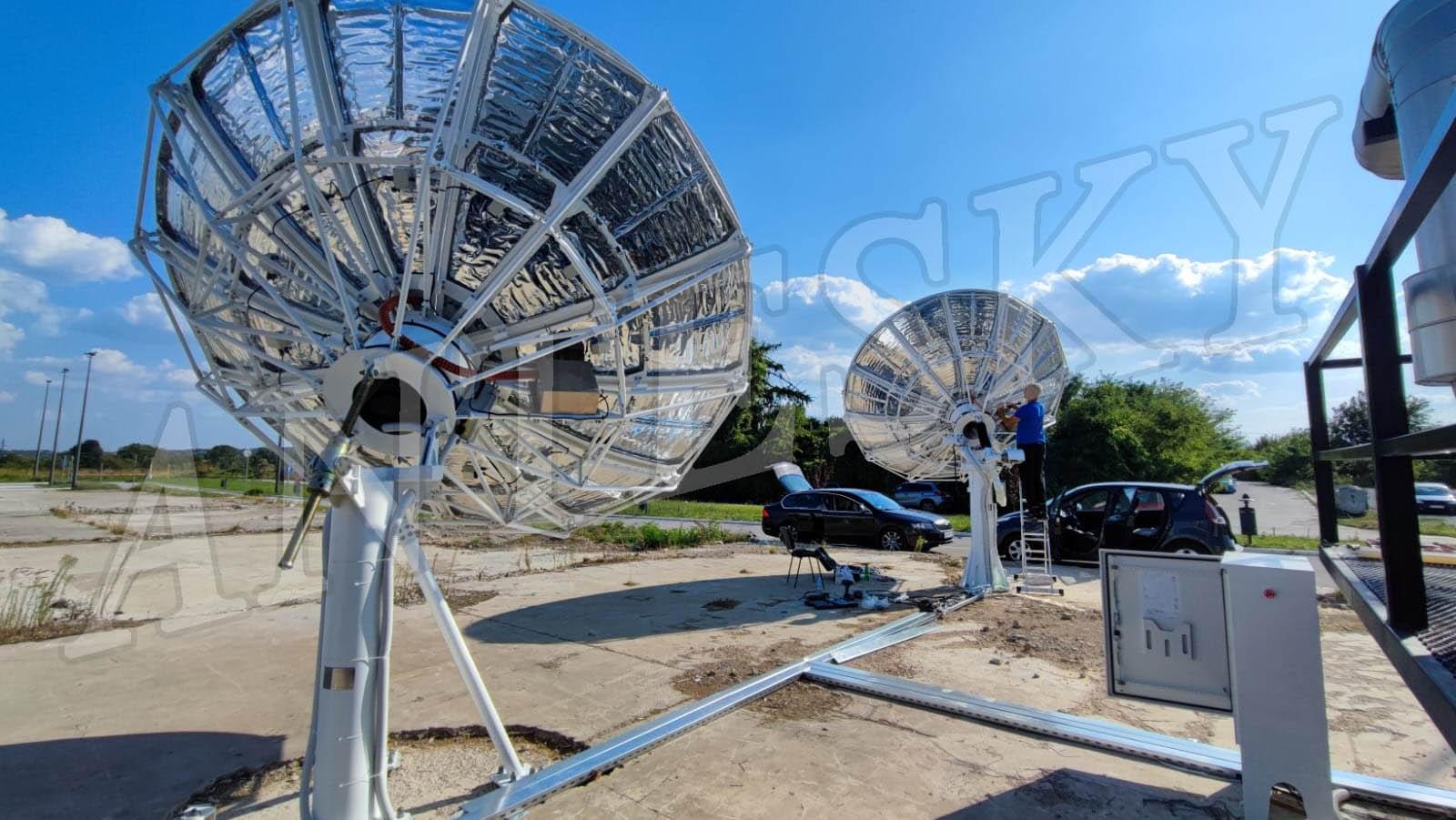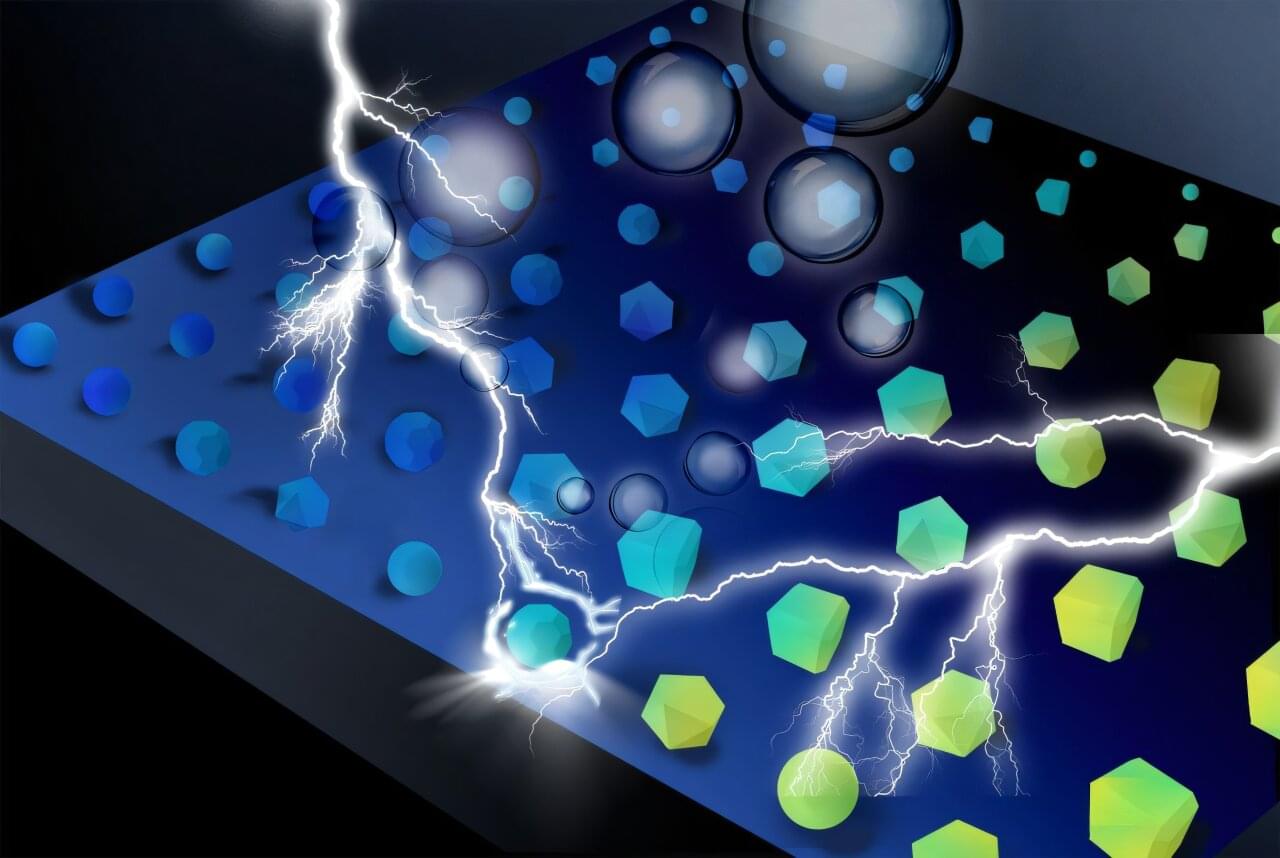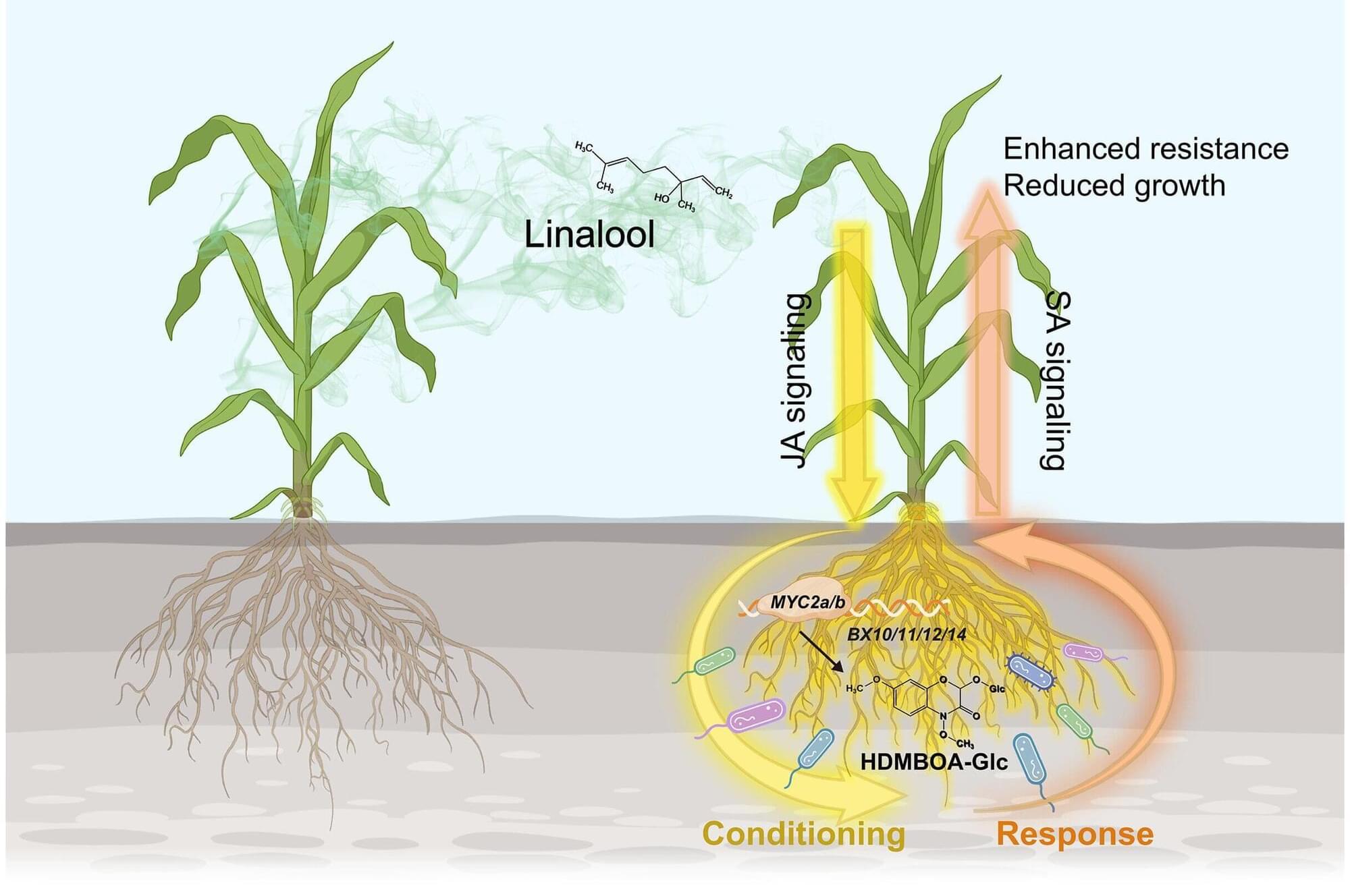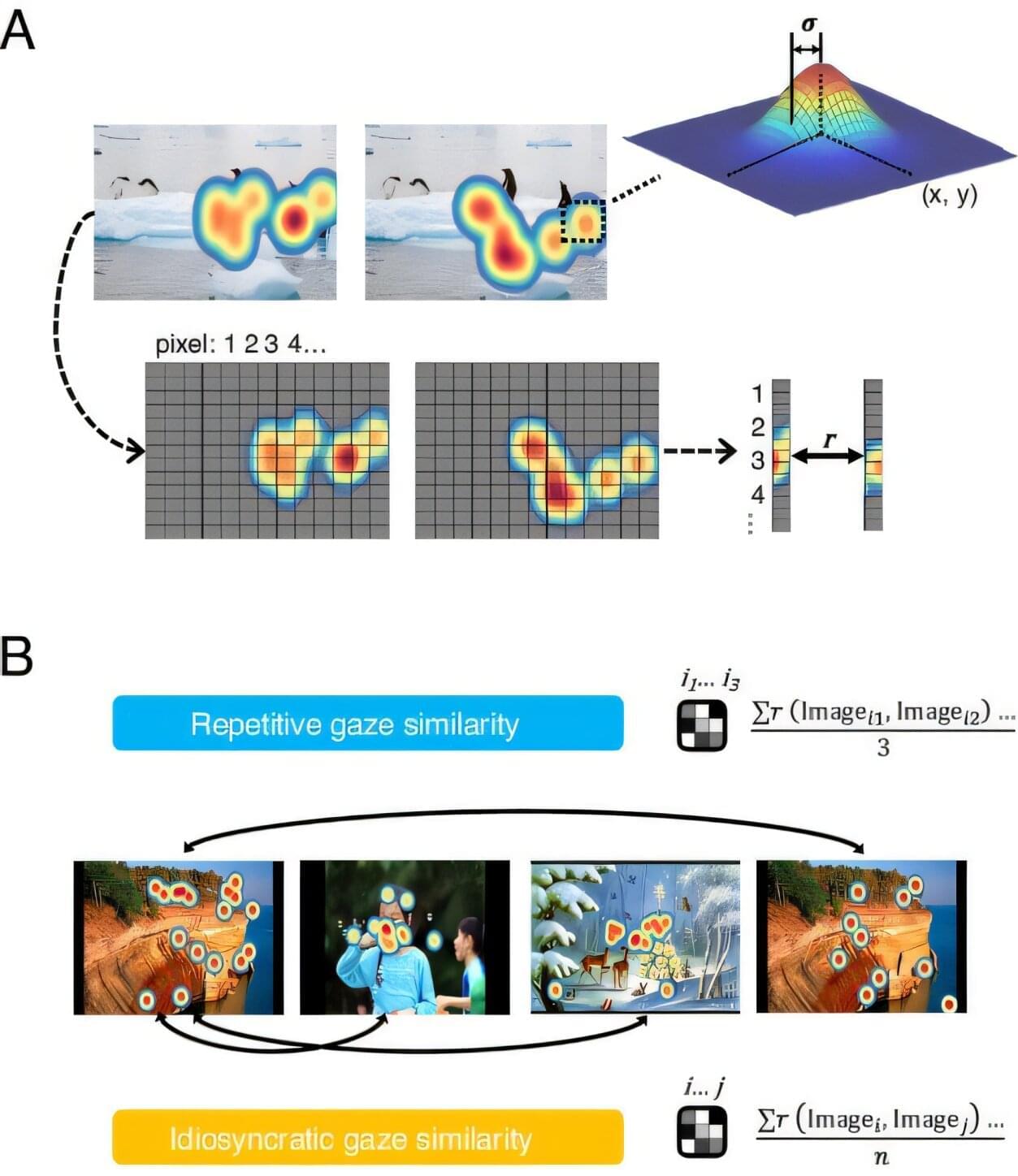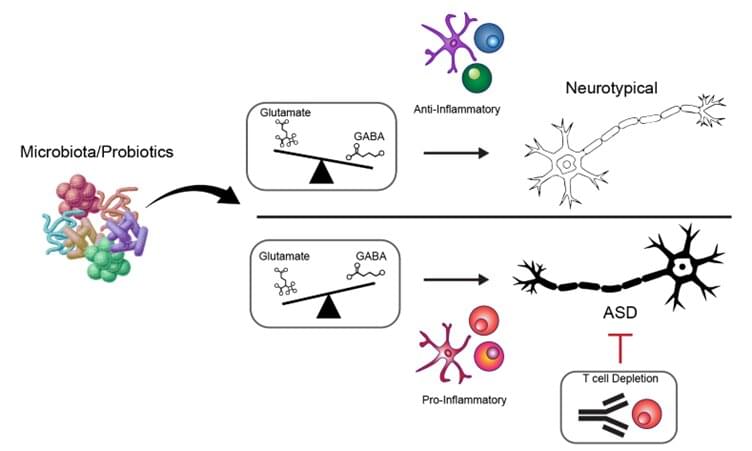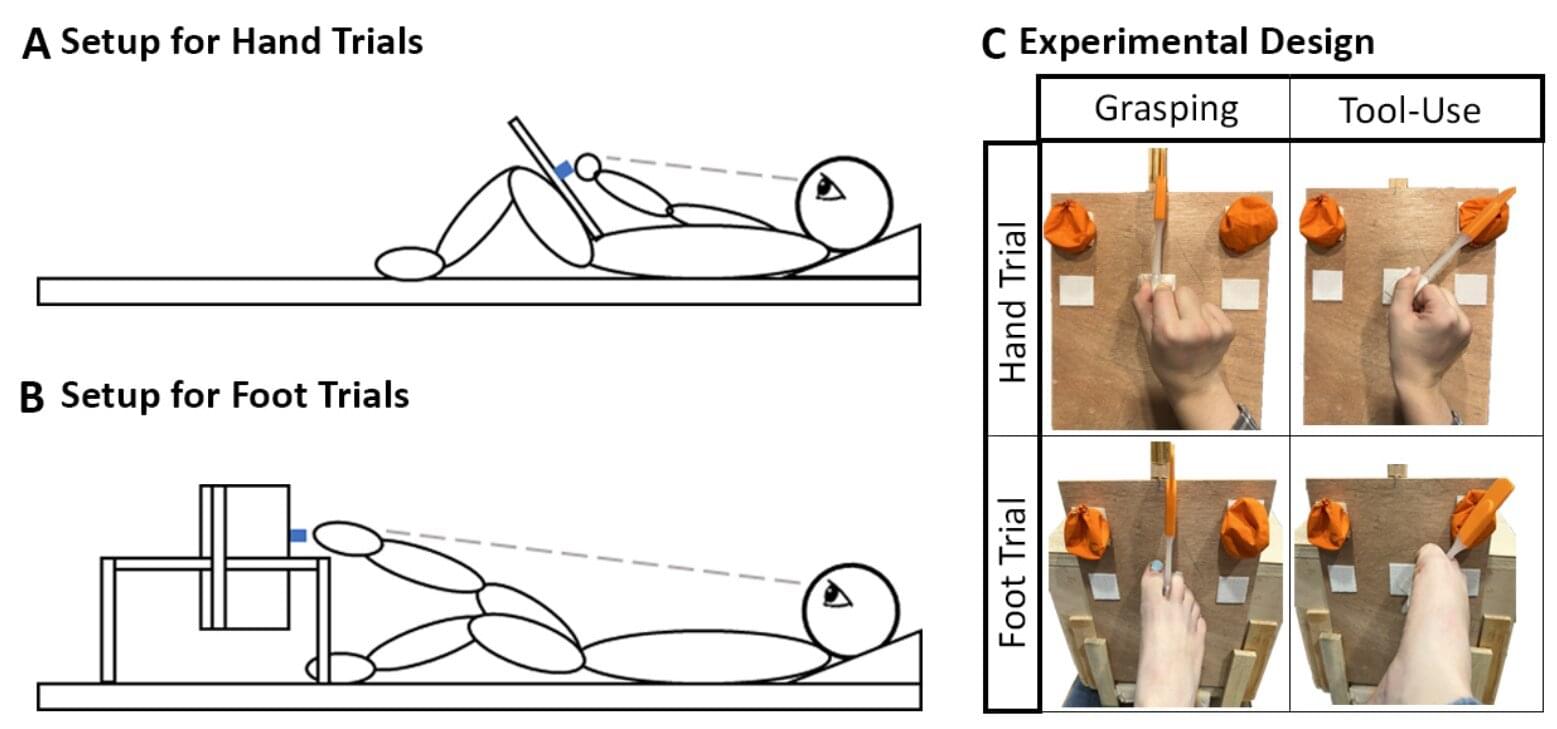Radio interference refers to the phenomenon that occurs during radio communication, where some electromagnetic energy enters the receiving system or channel through direct or indirect coupling, resulting in a decrease in the quality of useful received signals, information errors or loss, or even blocking communication.
Radio interference signals are mainly electromagnetic energy that enters the receiving device channel or system through direct or indirect coupling. It can affect the reception of received signals required for radio communication, resulting in performance degradation, quality deterioration, information errors or loss, and even blocking the communication. Therefore, it is generally said that the fact that useless radio signals cause the quality of useful radio signals to decrease or damage is called radio interference.
Previously we have an article about t he analysis and solutions of antenna interference in satellite communication, including polarization interference, adjacent frequency interference, forwarding interference, etc. Please click here to read the full article. Today we will focus on analyzing how to interfere with radio from several aspects, such as physical obstacles, weather conditions, electromagnetic interference (EMI), solar activity, atmosphere, and frequency bands. For example, heavy rain can reduce the signal strength of 12 GHz by 20 dB per kilometer. Solutions include using higher frequencies to obtain clearer paths or placing antennas to avoid reflective surfaces and interference sources. Please go ahead for further details.

